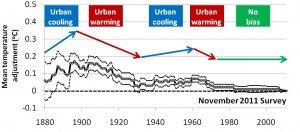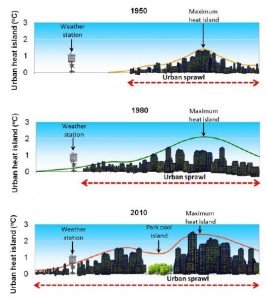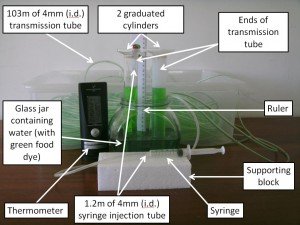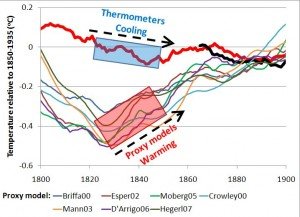* Corresponding author. E-mail:

The extent to which two widely-used monthly temperature datasets are affected by urbanization bias was considered. These were the Global Historical Climatology Network (GHCN) and the United States Historical Climatology Network (USHCN). These datasets are currently the main data sources used to construct the various weather station-based global temperature trend estimates.
Although the global network nominally contains temperature records for a large number of rural stations, most of these records are quite short, or are missing large periods of data. Only eight of the records with data for at least 95 of the last 100 years are for completely rural stations.
In contrast, the U.S. network is a relatively rural dataset, and less than 10% of the stations are highly urbanized. However, urbanization bias is still a significant problem, which seems to have introduced an artificial warming trend into current estimates of U.S. temperature trends.
The homogenization adjustments developed by the National Climatic Data Center to reduce the extent of non-climatic biases in the networks were found to be inadequate, inappropriate and problematic for urbanization bias. As a result, the current estimates of the amount of “global warming” since the Industrial Revolution have probably been overestimated.

This work is licensed under a Creative Commons Attribution-ShareAlike 4.0 International License.
![]() Download article – Version 0.1
Download article – Version 0.1
Supplementary Information is available through the FigShare website at http://dx.doi.org/10.6084/m9.figshare.1004125






